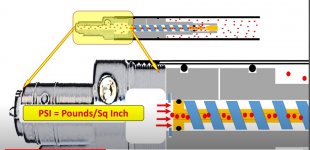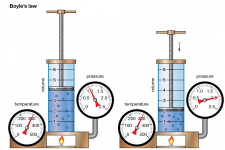As one of the least mechanically inclined AGN members, I ask a lot of questions and sometimes need to read and re-read posts before realizing how lost I am. I am just beginning to get into minor repairs and more involved PCP maintenance. After replacing a regulator and attempting to rebuild an older regulator I realized that I did not totally understand how these devices function. So I began searching for static diagrams and cross sectional photos of regulator builds, but didn’t find much. I did find the above video and I think it explains the basics pretty well. Considering that I don’t know much about them, if you spot any errors in this presentation please point them out.
I’ve only seen this video posted in one other AGN thread regarding a regulator’s break-in period and I thought the video would be best suited in this forum so it can be easily referenced. If interested, here’s the original reg break-in thread started by @igolfat8 - https://www.airgunnation.com/topic/help-me-understand-regulator-break-in/
A couple of the respondents in the thread directly above have proven to be reliable members that have assisted me in gaining a better understanding on the topic.
I’ve only seen this video posted in one other AGN thread regarding a regulator’s break-in period and I thought the video would be best suited in this forum so it can be easily referenced. If interested, here’s the original reg break-in thread started by @igolfat8 - https://www.airgunnation.com/topic/help-me-understand-regulator-break-in/
A couple of the respondents in the thread directly above have proven to be reliable members that have assisted me in gaining a better understanding on the topic.

